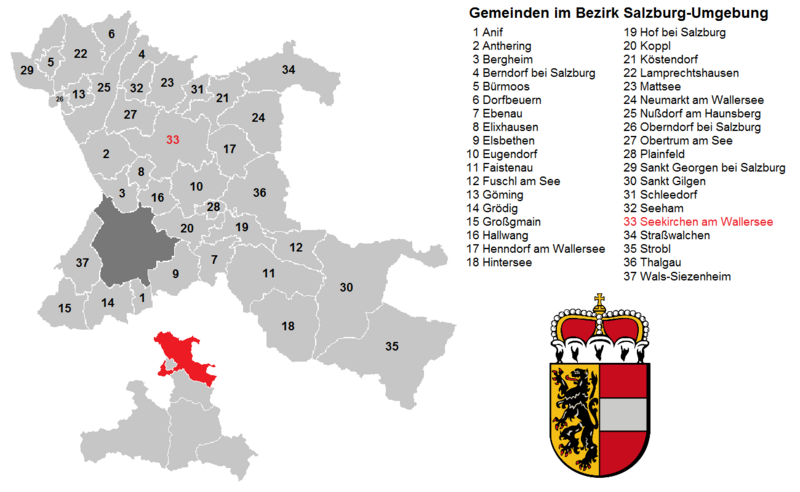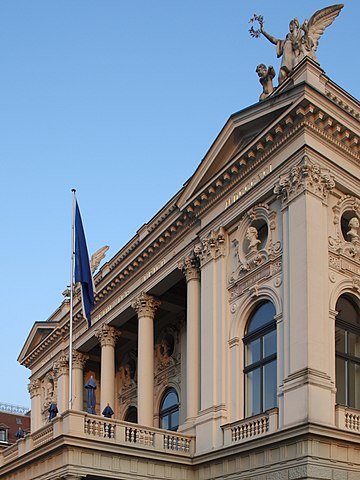After the Liberal War, the Austrian Empire struggled to find an identity that could tame the boiling nationalist tensions that had been first born during the Napoleonic Era and rekindled in the age of Liberal Revolution. Russia's intervention had bought the Habsburgs time, but it was the advent of Korsgaardian theory that gave the renamed Austria-Hungary a direction. The Austrian crown based their ideal image of the past on the precedent of the Holy Roman Empire in the ideal of a multistate, fiercely Catholic state. Language played a lesser role in the Austro-Hungarian national identity than in other Korsgaardian states, though German remained the lingua franca (ironically) for work across the provinces, whereas within them local languages were allowed to be utilized. The Habsburg Emperor played an increasingly loyal and empowered populace against the traditional power of the nobles and the emerging industrialists. Eventually, it was expected and required that all the classes subject themselves for the good of their most Catholic State as embodied by the Habsburg Emperor. The conservative clergy especially clung to the throne in the face of an increasingly liberal leadership in the Vatican. The restive Hungarian nobles had been diminished in purges, mostly after the uprisings in 1848-9, but more gradually since of any that did not espouse loyalty to the Empire. The Austrian nobility faced the possibility of being detained and even disappeared by the state, but as they had not had their ranks initially dimished through rebellion, they remained relatively speaking stronger. Of course, most of the liberal leadership elements in Austria-Hungary had long fled by the time of Global War, or at least those that could. Many liberal Austrians of German extraction had found new homes and loyalties in Germany. However, the Hungarians in exile retained a distinct identity as Magyars and were thus poised to return across the war-torn nation to take part in the Hungarian Revolution when the time came.
To better rule and guard the Empire, it was administratively divided into a Western and Eastern Sector, or Division. When the Hungarians revolted, they took with them the rest of the Eastern sector (namely to the North and West of Hungary, and thus geographically isolated from the Austrian centers of power, especially with Prussia-Poland and Russia no longer being reliable for aid in putting down any distant revolts.





